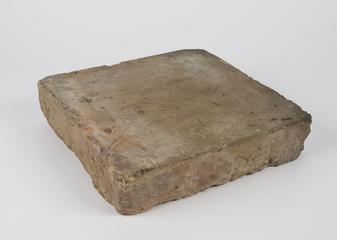
Red Brick with Cross-shaped Frog, 19th Century
1801-1900

1801-1900

1891-1901

604-551 BCE

1801-1900

circa 1920

1897 c.

1801-1900

1780-1829

1780-1829

1780-1829

1780-1829

1780-1829
100-380 CE
1803-1850
Earlu 20th Century
1878